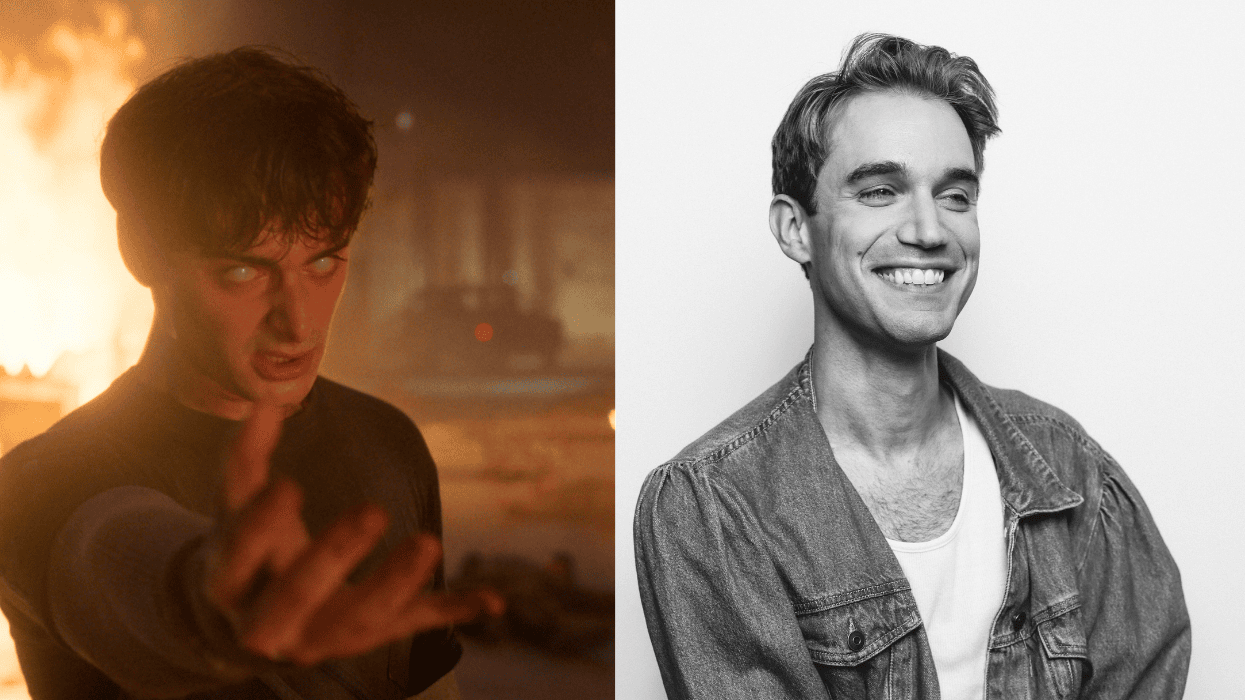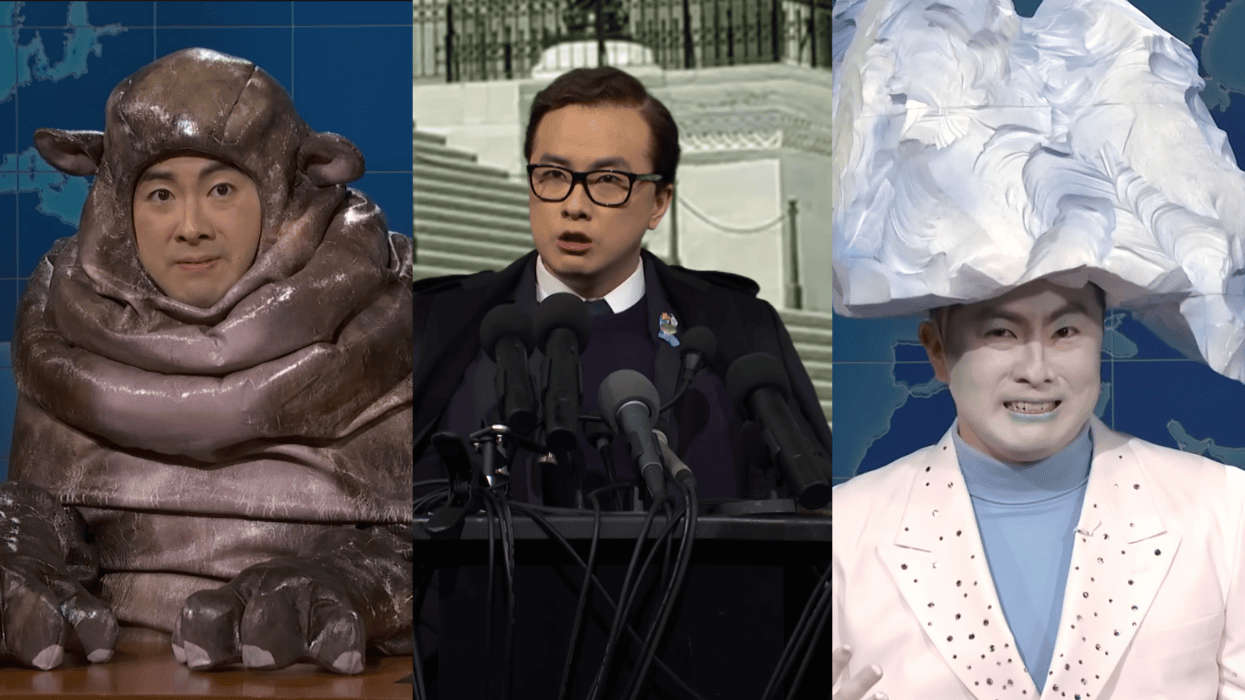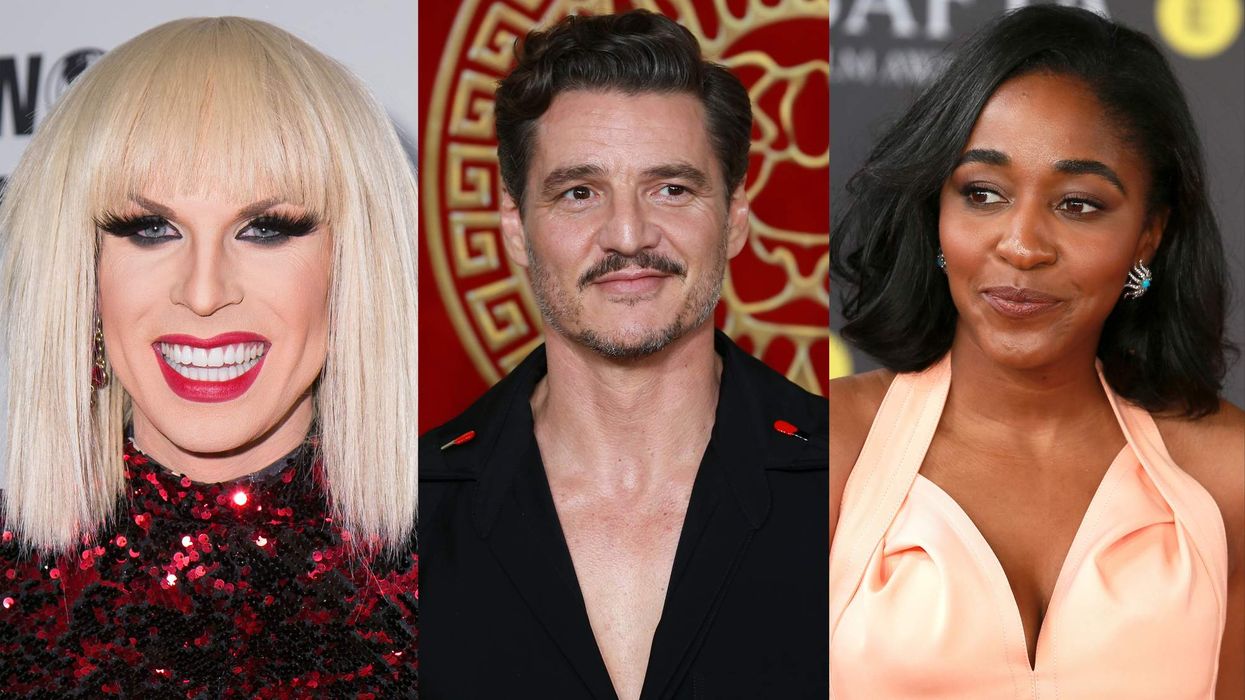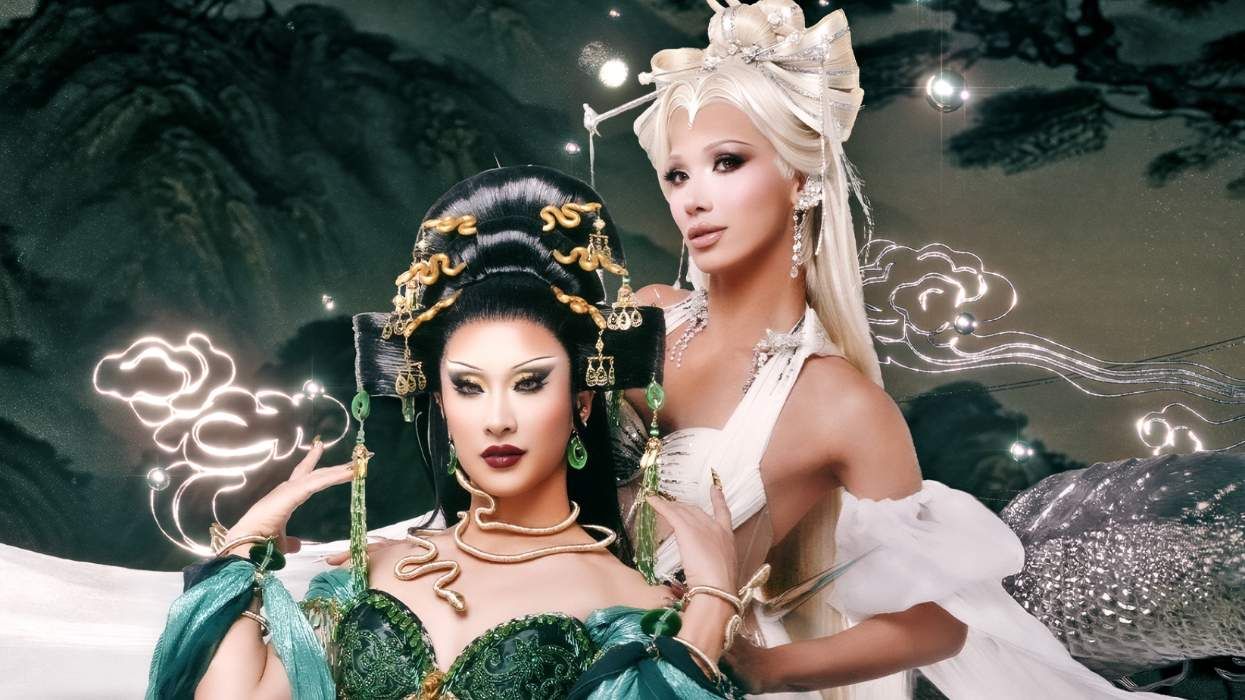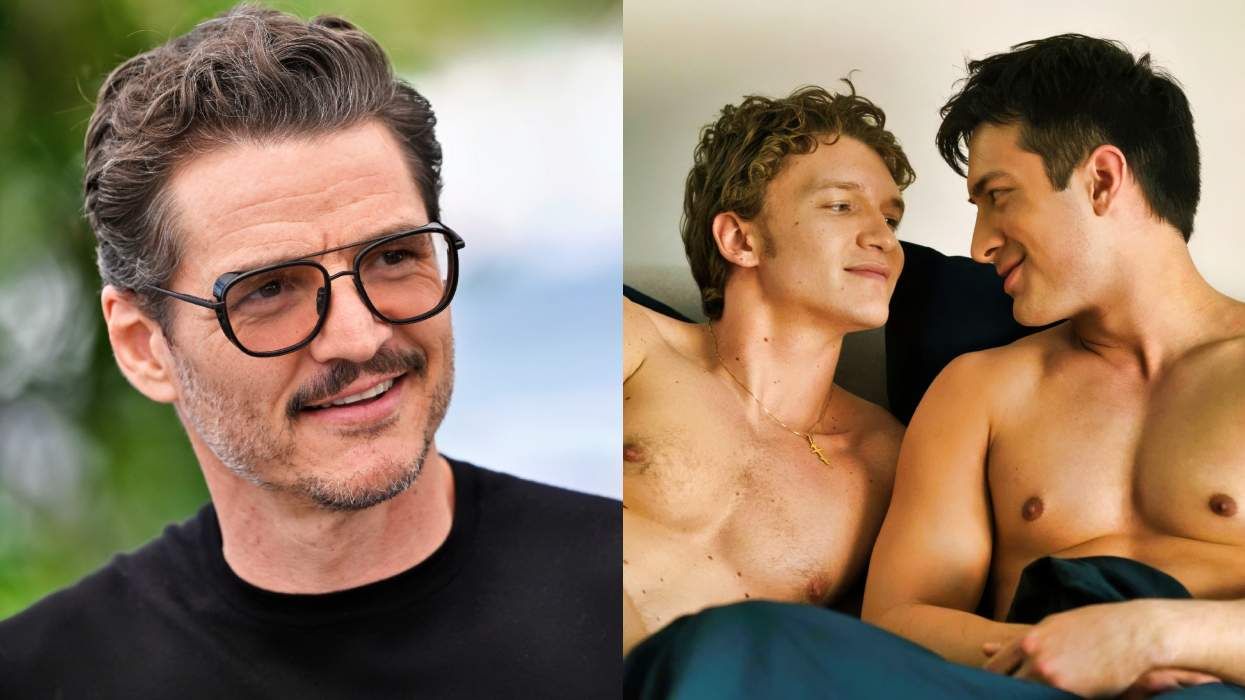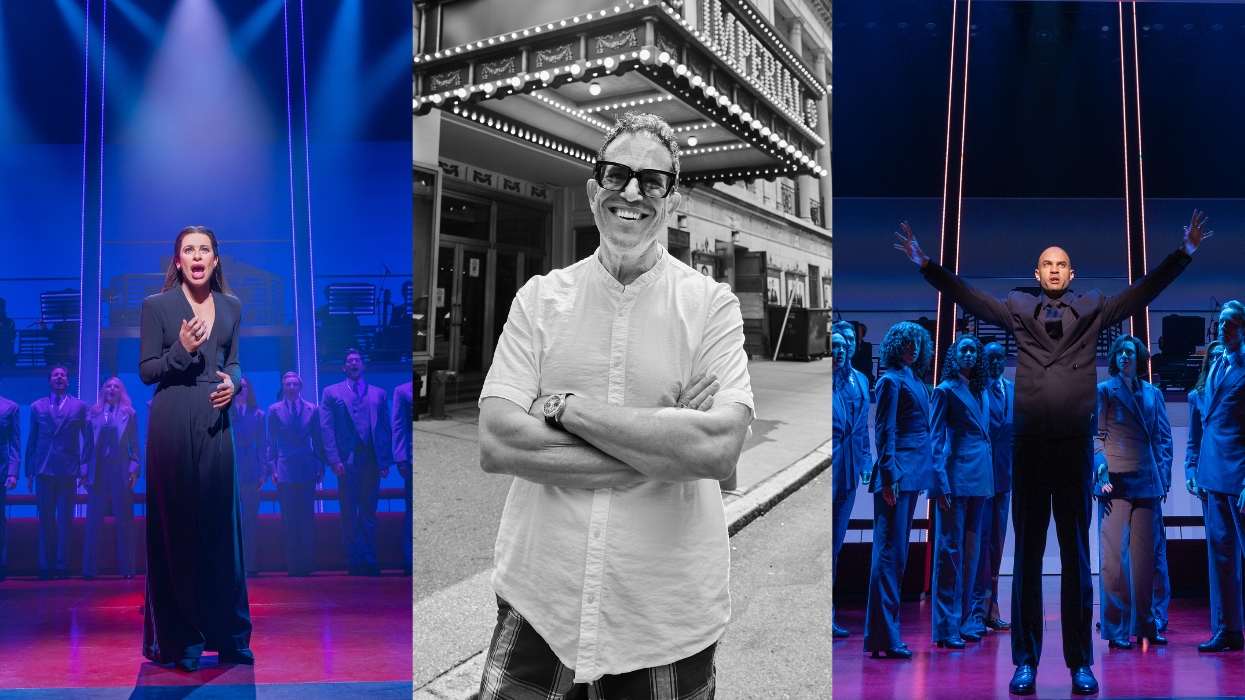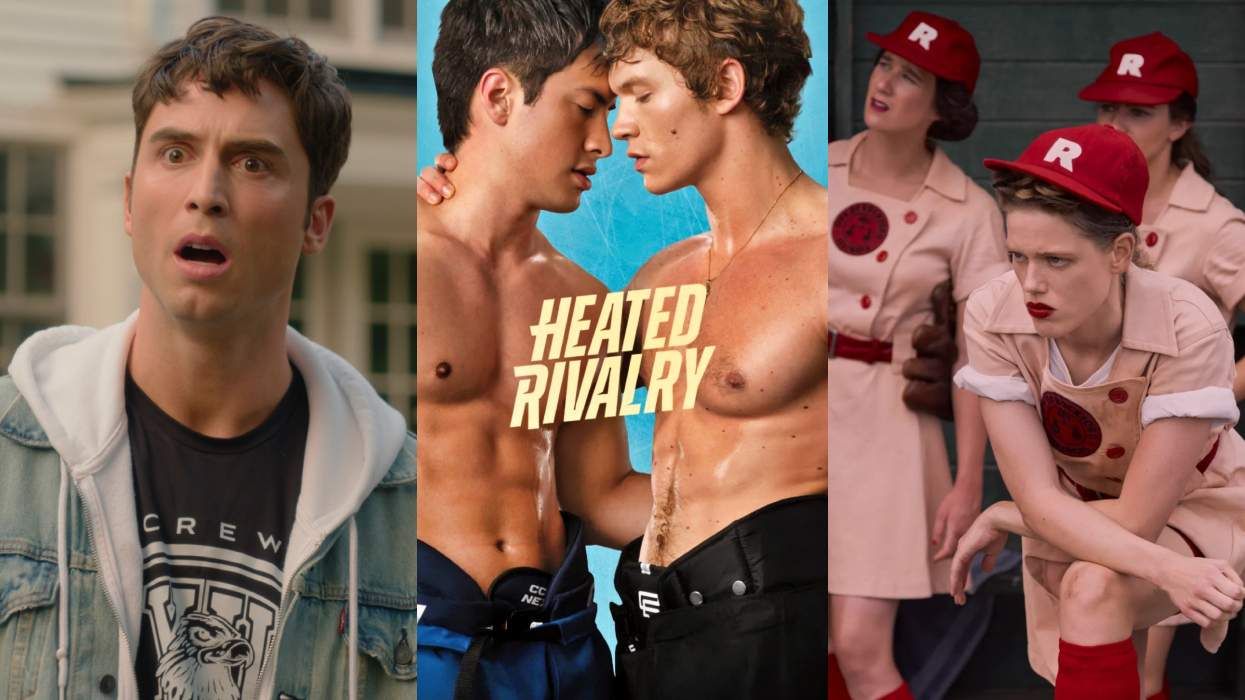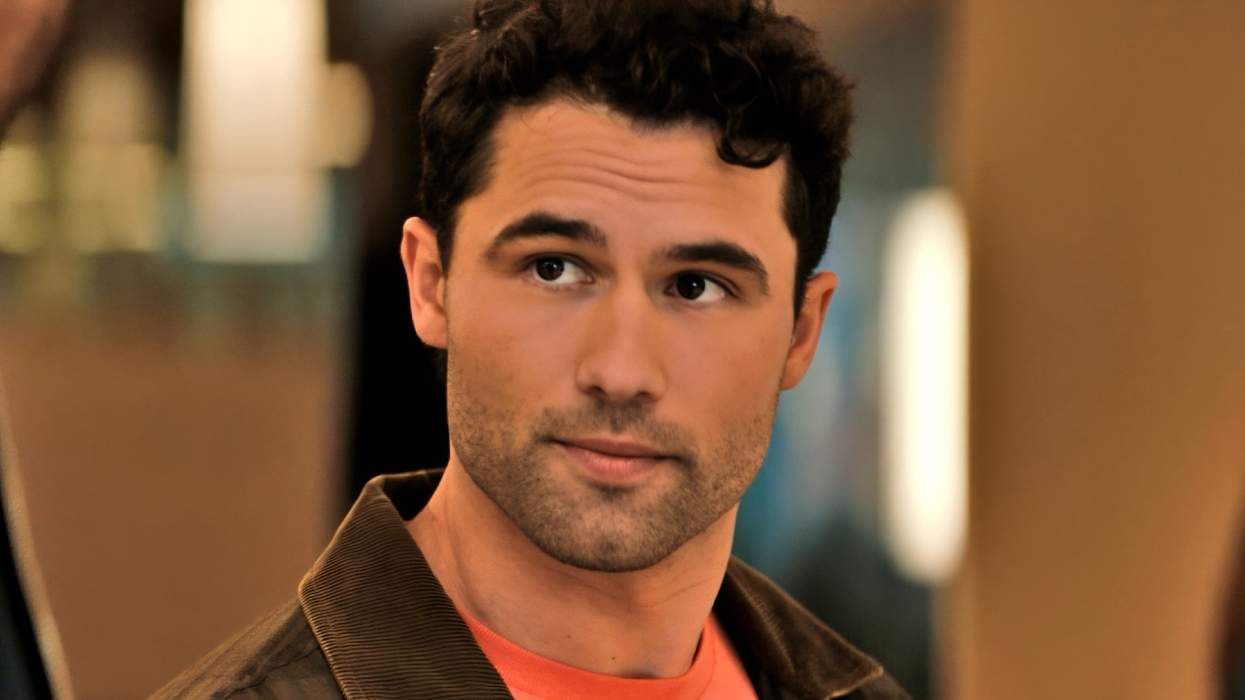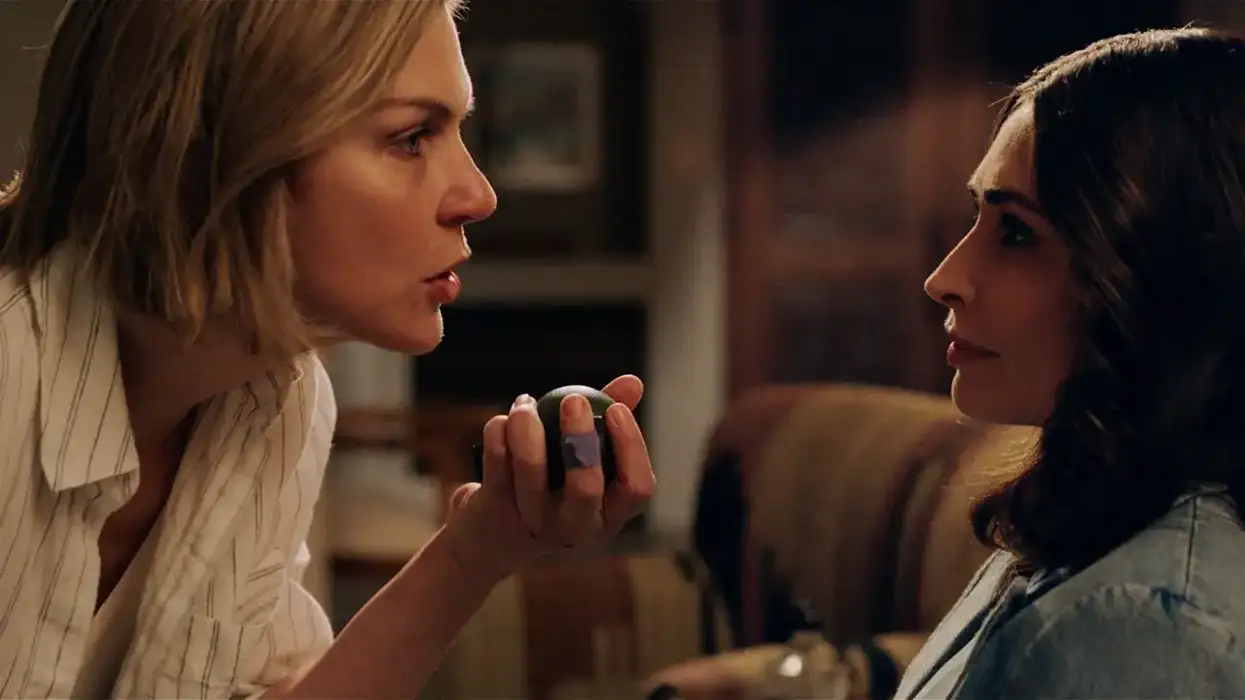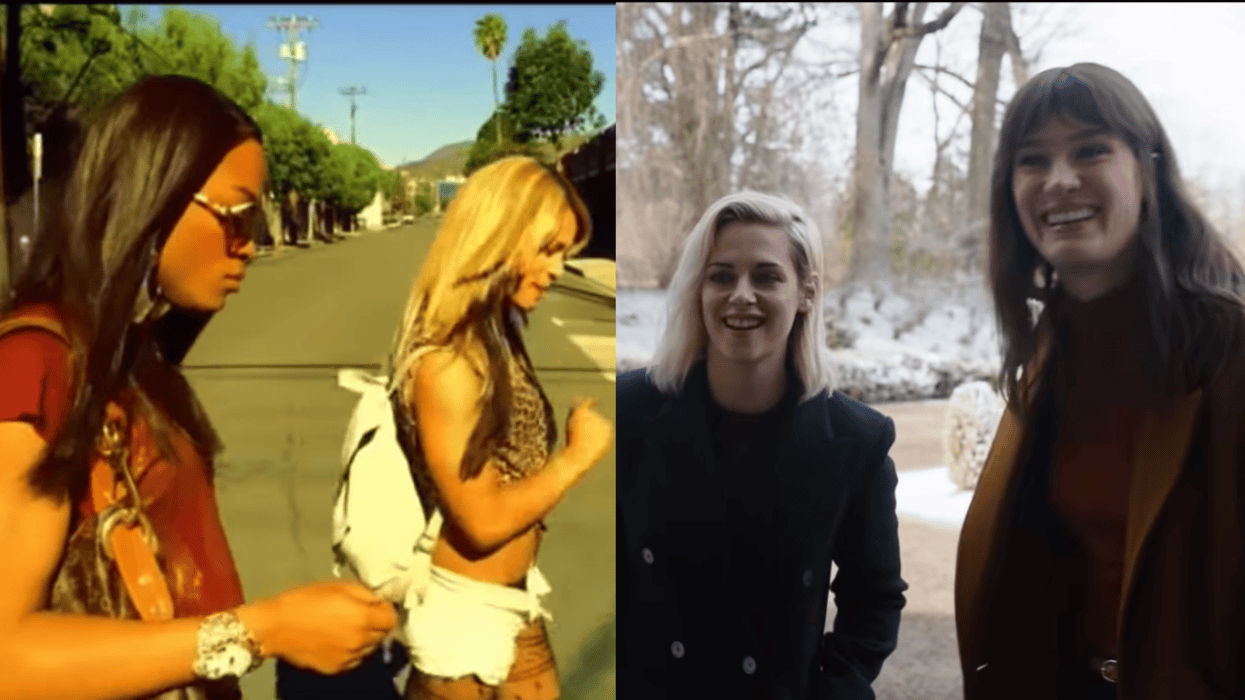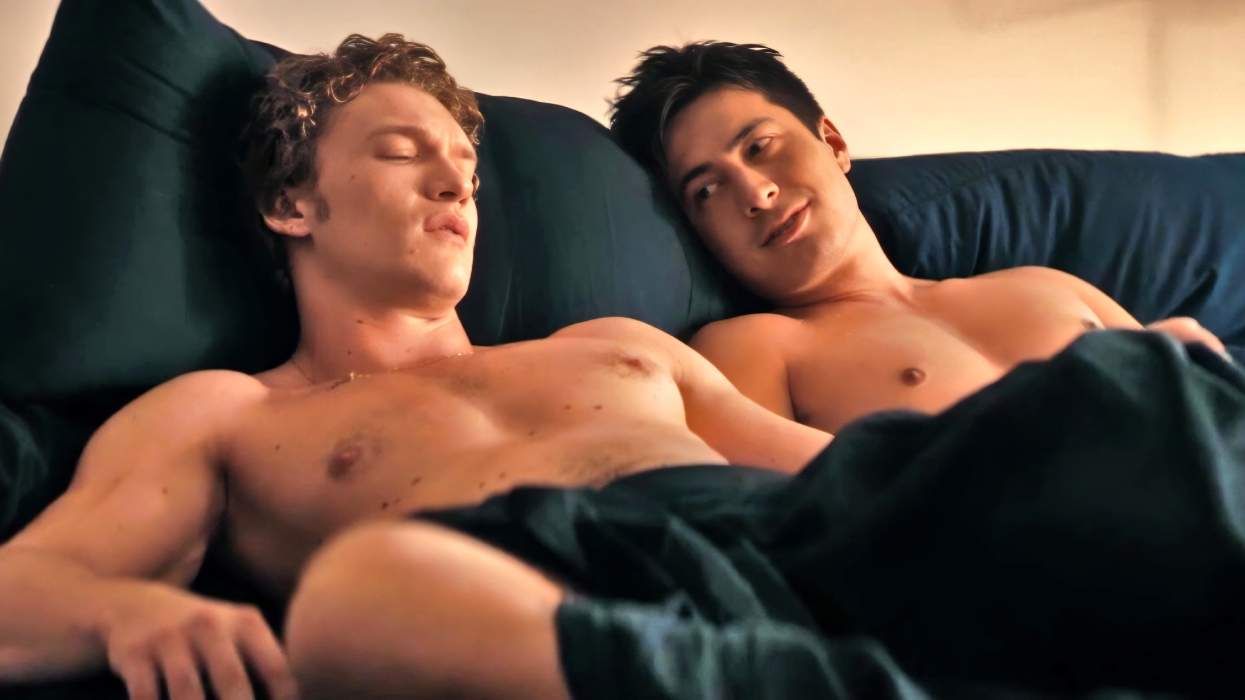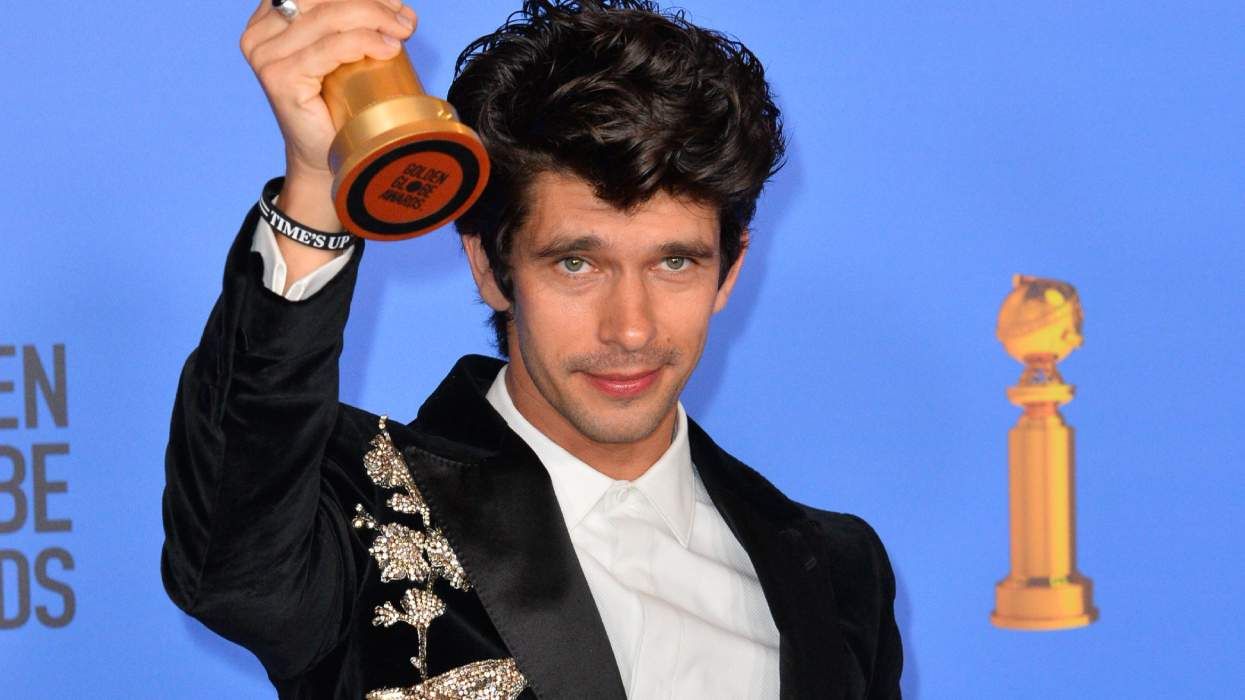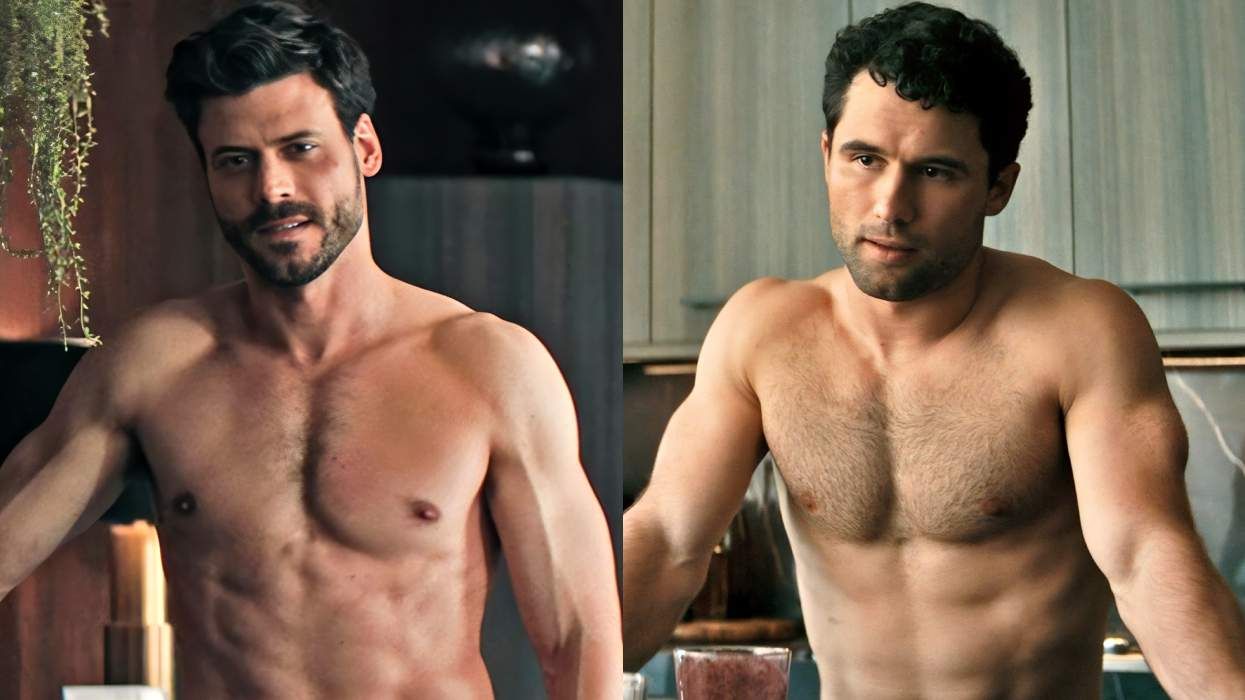Before Koons, before Warhol, there was Cecil Beaton. The granddaddy of self-promoters, "Beaton was always blurring the line between art and commerce," according to curator Donald Albrecht. In Cecil Beaton: The New York Years, a major exhibition at the Museum of the City of New York, Albrecht revisits the British-born photographer's long relationship with the city in a major exhibition that includes photographs, sketches, costumes, set designs, videos and unpublished letters and other ephemera on loan from private collections.
"He's a hydra-headed figure," Albrecht says. "Beaton connected his social and professional life. In the '60s he was criticized for being too close to his subjects and not being aloof enough. But I think Warhol and Capote wanted to be like that, so they emulated him to be that way."
SLIDESHOW: IMAGES FRO CECIL BEATON: THE NEW YORK YEARS
As a companion to the exhibit, Rizzoli published a gorgeous and definitive eponymous portfolio of images and essays ($65). Albrecht fills in some of the blanks to help explain the life of the sexually ambiguous and theatrical man.
- Although Beaton was undoubtedly gay, he had an affair with Greta Garbo in the 1940s. "She's some kind of an ideal rather than a real person to him," Albrecht explains. (For more secrets, make sure you check out the panel Albrecht is hosting on Feb. 11 at the museum.)
- A man named Sam Green, "of indeterminate sexuality," introduced Beaton to Warhol. Beaton joined Pop Art, photographing Warhol, Candy Darling and the other Factory "superstars."
- Beaton photographed Fred Astaire in 1929 for Conde Nast. But he was still photographing as late as 1970, capturing a young Mick Jagger.
- In the Beaton-designed 1969 Broadway musical Coco, starring Katharine Hepburn, not only did he design the costumes and sets, he then photographed Hepburn to publicize the show. "By that point in his career, he's known to be multifaceted. He was accused to be a bit of a dilettante. But now he seems prescient and ahead of his time."
- Beaton lived for stints at the Plaza and Ambassador hotels. At the latter, he decorated his room and shot subjects there, such as the famous Marilyn Monroe portrait from 1956. "He was very clever: He got a lower rate from the hotel owner, and they could then rent out the 'Beaton Suite' for more money."
Cecil Beaton: The New York Years, through February 12, 2012
LISTEN: OUTSIDERS PODCAST INCLUDES CECIL BEATON DISCUSSION



